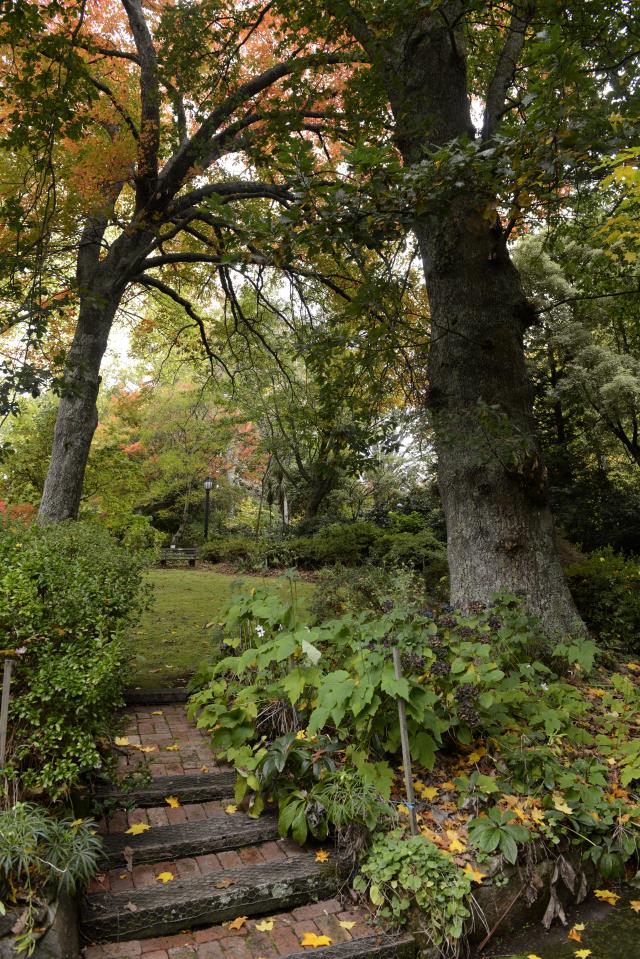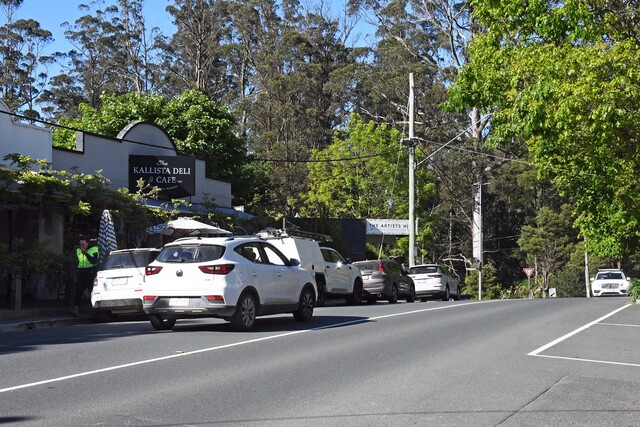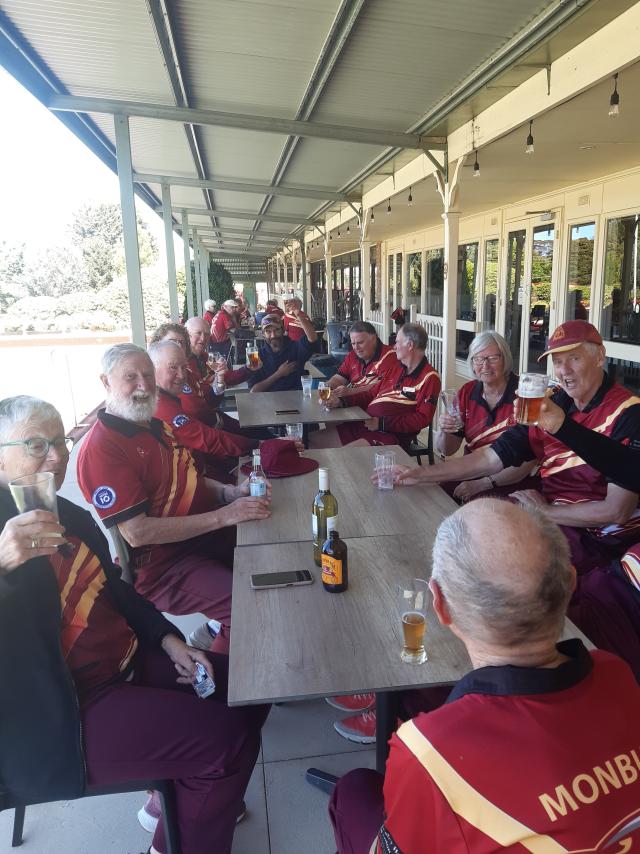By Peter Douglas
Lack of affordable housing within the Yarra Ranges looks set to further spiral out of control if action isn’t taken immediately, according to Yarra Ranges Council.
With as much as 38 per cent shortfall presently existing in low-cost housing supply, some estimates say within 20 years as many as 50 per cent of people seeking low-cost options will be left out in the cold.
This would represent a major housing crisis for the region.
Yarra Ranges Council, through its affiliation with the Eastern Affordable Housing Alliance (EAHA), said social housing supply was significantly below the metropolitan average, as well as being well below its capacity of meeting future needs.
In 2014, the shortfall of social housing in the Yarra Ranges was 920 dwellings.
Without intervention, EAHA estimates by 2036 this shortfall will reach 1260, which equates to 57 dwellings needed annually for the next 19 years.
To help put this into context, Yarra Ranges experienced a 19 per cent (349) increase in the number of very low-income households between 2006 and 2011.
Yarra Ranges Council Mayor, Noel Cliff, said council had a role to play in forming partnerships with housing providers, and to continue to advocate to state and federal governments to come up with solutions.
“There needs to be more intervention to increase the supply of social and affordable housing in the Yarra Ranges,” Cr Cliff said.
“This is why council is currently looking at the option to sell a block of surplus land in Lilydale to an affordable housing provider to build new social housing.
“We have seen homelessness increasing throughout the state as the cost of renting increases and the population grows.
“Council applauds the recent announcements by the State Government, but has concerns about uncertain federal funding for vital housing services for homeless people.
“All three levels of government need to contribute to solving this urgent problem.”
Cr Cliff said mixed tenancy, and affordable and well-managed housing, was a potential solution
In 2016, local agency ANCHOR supported 1682 people in the Yarra Ranges through their Opening Doors Program and in transitional support and other programs they offer to people at risk of becoming homeless, and that each case was different.
“The majority of adults presenting as homeless have children in their care who are missing school, not attending sporting clubs and often without close friends or families around them,” Ms Tucker said.
“For everyone that is homeless, their lives are put on hold; without a home to live in, life as we expect it to be is impossible.”
Meanwhile, the EAHA has expressed concerns the Federal Government may axe funding for the National Affordable Housing Agreement (NAHA) in the upcoming Budget.
Echoing the alarm expressed by other housing groups, EAHA is calling on the Federal Government to maintain its commitment to the NAHA.
EAHA Chairperson Sharon Ellis said a re-think may be required.
“Federal Government funding is vital for public housing and homelessness services,” she said.
“If media suggestions are correct and the Federal Government intends to axe NAHA funding, countless vulnerable Australians will be at increased risk of homelessness.”







